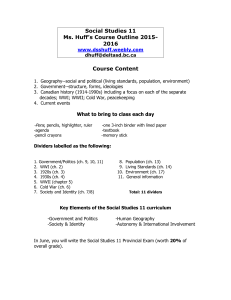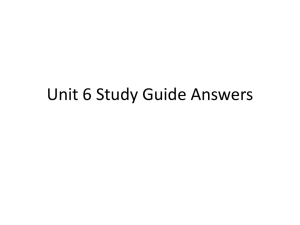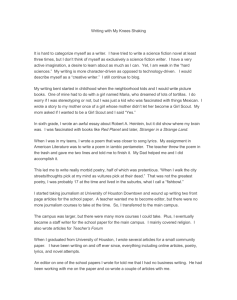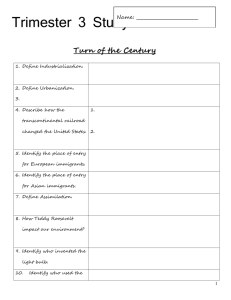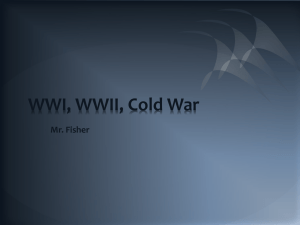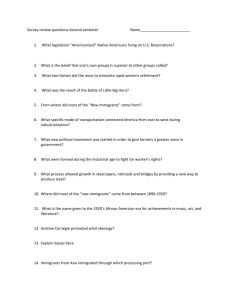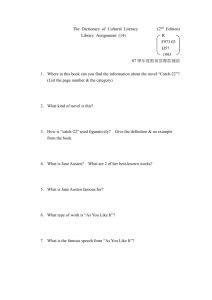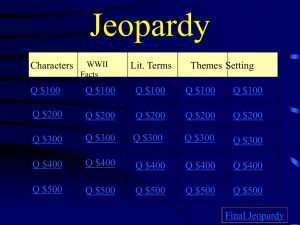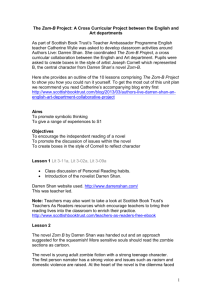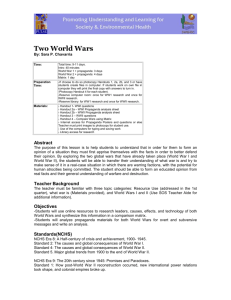American literature
advertisement
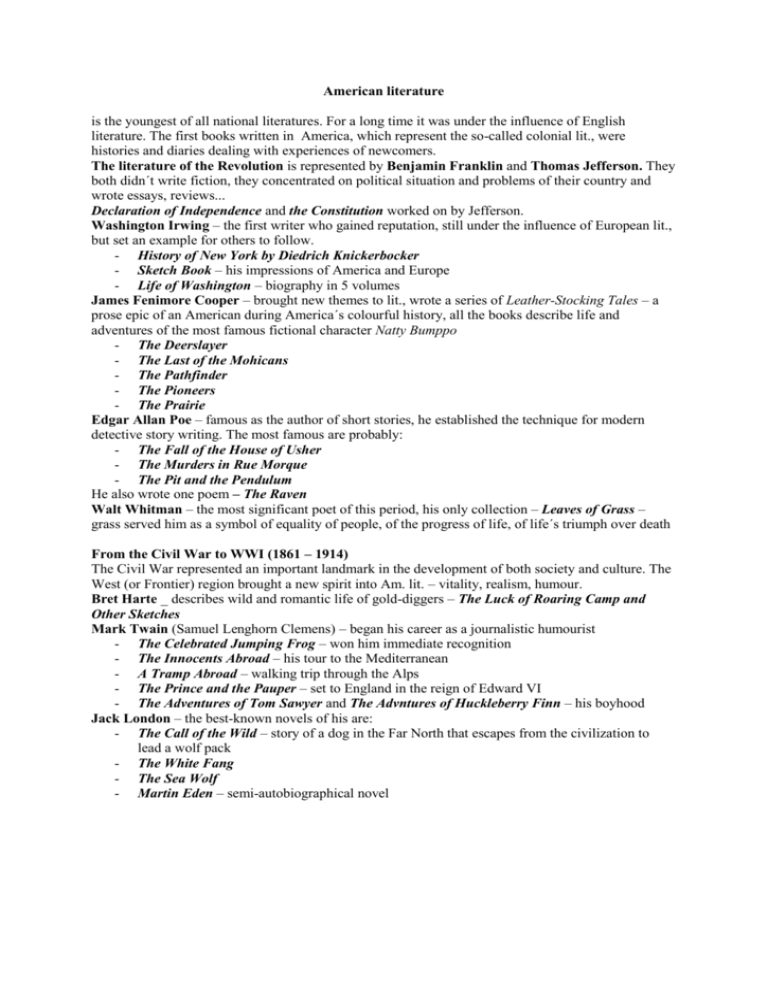
American literature is the youngest of all national literatures. For a long time it was under the influence of English literature. The first books written in America, which represent the so-called colonial lit., were histories and diaries dealing with experiences of newcomers. The literature of the Revolution is represented by Benjamin Franklin and Thomas Jefferson. They both didn´t write fiction, they concentrated on political situation and problems of their country and wrote essays, reviews... Declaration of Independence and the Constitution worked on by Jefferson. Washington Irwing – the first writer who gained reputation, still under the influence of European lit., but set an example for others to follow. - History of New York by Diedrich Knickerbocker - Sketch Book – his impressions of America and Europe - Life of Washington – biography in 5 volumes James Fenimore Cooper – brought new themes to lit., wrote a series of Leather-Stocking Tales – a prose epic of an American during America´s colourful history, all the books describe life and adventures of the most famous fictional character Natty Bumppo - The Deerslayer - The Last of the Mohicans - The Pathfinder - The Pioneers - The Prairie Edgar Allan Poe – famous as the author of short stories, he established the technique for modern detective story writing. The most famous are probably: - The Fall of the House of Usher - The Murders in Rue Morque - The Pit and the Pendulum He also wrote one poem – The Raven Walt Whitman – the most significant poet of this period, his only collection – Leaves of Grass – grass served him as a symbol of equality of people, of the progress of life, of life´s triumph over death From the Civil War to WWI (1861 – 1914) The Civil War represented an important landmark in the development of both society and culture. The West (or Frontier) region brought a new spirit into Am. lit. – vitality, realism, humour. Bret Harte _ describes wild and romantic life of gold-diggers – The Luck of Roaring Camp and Other Sketches Mark Twain (Samuel Lenghorn Clemens) – began his career as a journalistic humourist - The Celebrated Jumping Frog – won him immediate recognition - The Innocents Abroad – his tour to the Mediterranean - A Tramp Abroad – walking trip through the Alps - The Prince and the Pauper – set to England in the reign of Edward VI - The Adventures of Tom Sawyer and The Advntures of Huckleberry Finn – his boyhood Jack London – the best-known novels of his are: - The Call of the Wild – story of a dog in the Far North that escapes from the civilization to lead a wolf pack - The White Fang - The Sea Wolf - Martin Eden – semi-autobiographical novel From WWI to WWII WWI strongly influenced the post-war generation of writers usually called „The Lost Generation“. The war gave them only bad experience, it was an era of disillusionment, they lost their ideals, they were not able to find their place in society. William Faulkner – is regarded by many critics the greatest American prose writer. He wrote about American South he knew very well, because he came from a rich Southern family, A world of decay, cruelty and perversion is situated in an imaginary country of Yoknapatawpha. Ernest Hemingway – born in 1899 into a family of a doctor, after high school began his writing career as a sports reporter for the Kansas City Star. Reporter, soldier, short-story writer, novelist, deep-sea fisherman, game hunter. WWI – wanted to join the army, but was under age – ambulance driver with the Red Cross in Italy, wounded, hospital in Milan – material for A Farewell to Arms after the war lived in the USA, Europe, made hunting trips to Africa: - The Sun Also Rises (Fiesta) - Men Withoout Women (short stories) - Death in the Afternoon (bullfighting) - The Green Hills of Africa - The Snows of Kilimanjaro developed original style of writing, very simple. Autobiographical character of Nick Adams. Spanish Civil War – worked there as a war correspondent (later also during WWII) - For Whom the Bell Tolls after WWII – USA, Cuba - The Old Man and the Sea 1954 – awarded the Nobel Prize 1961 – commited suicide Francis Scott Fitzgerald – represents the „Jazz Age“, the period of prosperity preceding the great economic crisis of the 1930s. Writer of short stories. - The Great Gatsby – sums up the epoch of easy money and analysis the psychological effect of wealth - Tender Is the Night – his masterpiece, again the theme of great wealth John Steinbeck – great American realist, his writing concerned with the land and the people working on it. Most famous works: - Of Mice and Men - The Grapes of Wrath – his masterpiece, a social novel, the mood and tragedy of Great Depression - Travels with Charley – he describes his tour of 40 states, accompanied by his poodle Poetry: Thomas Stearns Elliot, Carl Sandburg, Robert Frost American literature after WWII no homogenous character - American war novel – late 1940s, written by young writers, former war correspondents, brutality of the war – Norman Mailer: The Naked and the Dead, Irwin Shaw: The Young Lions, Joseph Heller: Chapter 22, later James Clavell: King Rat - protest against society – „ beat generation“ – Jack Kerouac: On the Road, Charles Bukowski, poet Allen Ginsberg... - South – heritage of the past, conservatism, problems of black-white co-existence – Faulkner, William Styron, Truman Capote - literature of black Americans, other minorities - „looking for oneself“ – selfidentification, young men looking for their place in society – John Updike: Rabbit , Run, Jerome David Salinger: The Catcher in the Rye - sci-fi – Ray Bradbury: The Martians Chronicles, Fahrenheit 451, Michael Crichton, Ira Levin: Rosemary´s Baby, The Stepford Wives – sci-fi combined with horror and psychological novel - amusing literature, detective stories, more contemporary writers
